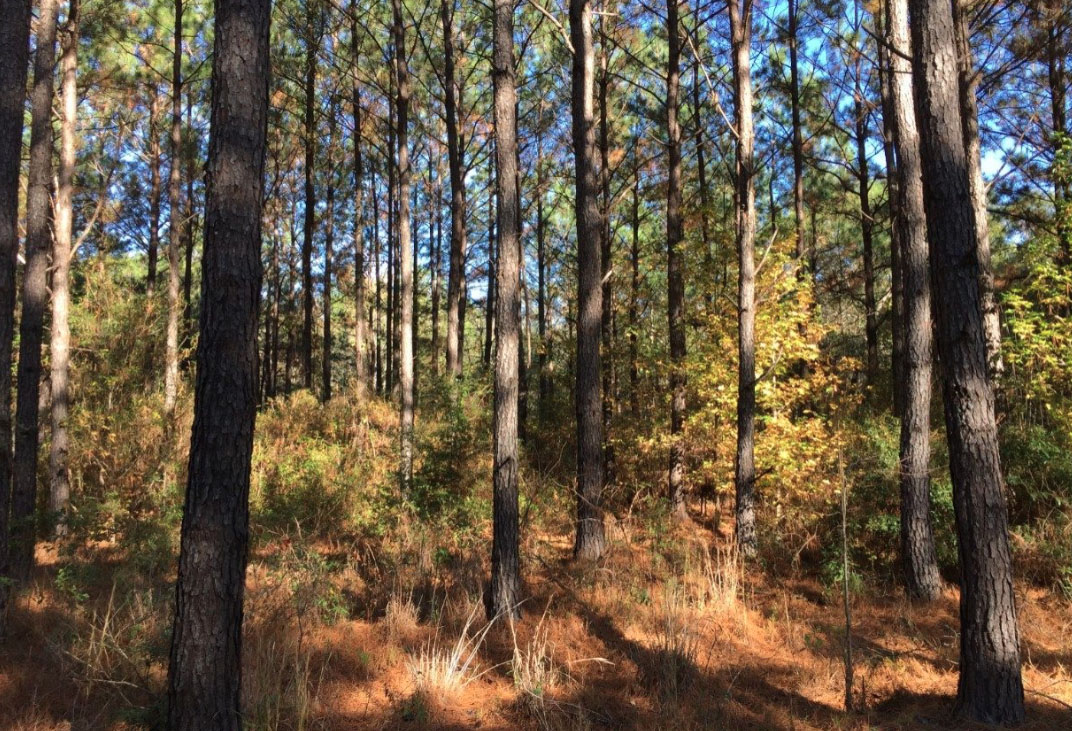
Experts can now forecast forest growth much like weather
Researchers at Virginia Tech are using methods similar to weather forecasting to anticipate the growth rates of trees. Changes in temperature, water, and atmospheric carbon concentrations can all affect forests, and ecological forecasting is aimed at predicting the future extent of these impacts.
The research expands on two previous investigations funded by the U.S. Department of Agriculture.
The first study, known as PINEMAP, was based on forest growth data collected by hundreds of researchers over the past 35 years. Using this data, mathematical models were developed to estimate how pine forests may respond to climate change.
The second project was led by R. Quinn Thomas, an assistant professor of Forest Dynamics and Ecosystem Modeling in Virginia Tech’s Department of Forest Resources and Environmental Conservation. This study was focused on identifying uncertainties in how climate models predict the influence of forest ecosystems on temperature and precipitation patterns.
The similarities between these two projects prompted Thomas to design an additional study aimed at forecasting forest productivity through the middle of the 21st century.
“I realized that we could use the past to inform the future,” said Thomas. “Historical observations on tree growth and weather can be fed into a mathematical model describing how forests grow, making it more accurate over time. This is similar to how weather forecasts are updated as new weather data becomes available.”
Thomas and his team used the findings from both projects to develop an analytical framework that can be combined with predictions from climate models to generate a future ecological forecast.
The model, which represents the process of forest growth, is provided with data on the diameter of trees, the number of leaves produced in a given year, and how much water is evaporated from the forest.
Next, statistical methods similar to those used in weather forecasting are applied to the model, which is adjusted to account for uncertainties.
“This new study allows us to put a level of certainty or uncertainty on those estimates, so we’re able to say ‘there is an 80-percent chance that the forest will grow faster over the next few decades,’” explained Thomas.
The research was focused specifically on loblolly pine plantations, an important source of timber for the Southeastern United States.
“We found that in this region, there will be about a 30-percent increase in productivity between now and the middle of the century,” said Thomas. “The largest gains are forecasted in Virginia, and there’s high confidence that we’ll see that increase in productivity there. In Florida, however, the increase in productivity is expected to be lower, and we may even see a decline in productivity between now and mid-century.”
Thomas pointed out that there are some uncertainties across varying regions of the Southeast. Regardless, the new method of ecological forecasting seems promising.
“I’m excited to see how this particular forecast does over the next few decades and to update it as we learn more about how forests work and as more data become available,” said Thomas. “Furthermore, this system sets a foundation for this process to be used in the forestry industry to predict other aspects besides productivity.”
“Beyond that, the study is an example of how ecological scientists are starting to think about becoming forecasters in a way similar to how we’ve been forecasting the weather, and that’s very exciting.”
The research is published in the journal Ecological Applications.
—
By Chrissy Sexton, Earth.com Staff Writer
Image Credit: Virginia Tech













